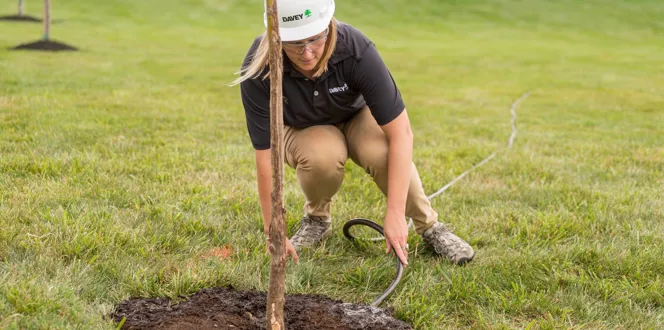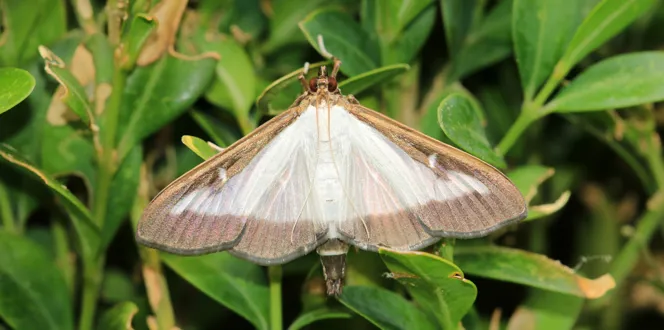Pale pink hydrangeas, grassy green boxwoods, rosy red azaleas. There’s a perfect shrub to match any landscape color scheme.
Brown shrubs, though? They don’t quite have the same charm. More importantly, a once healthy shrub that’s now dull, dry and brown is likely in trouble, and it needs a little TLC to get back to its old self.
If your shrubs switched up on you, keep reading to find out how to step in and save them.
Reasons your shrubs are turning brown and dying and what you can do
When shrubs go brown, harsh temperatures and too much or too little care could be to blame.
What causes shrubs to turn brown?
All brown shrubs don’t have the same back story. Your shrubs could’ve turned brown for a number of reasons, including:
- Extreme temperature: Frigid weather can shock shrubs into a brown cast, and extreme heat can turn shrub leaves dry and dull, too.
- Drastic weather changes: Warm weather in winter prompts shrubs to start growing, but if there’s a sudden temperature drop, that growth stops in its tracks. If the ground is still frozen, the shrubs can’t soak up enough water from the soil to keep new growth green, so it turns brown instead.
- Pests or disease: Insects like borers or a disease like boxwood blight can cause shrubs to change color.
- Water problems: Both too much and too little water can stress a shrub out and cause it to turn brown.
- Fertilizer overload: Pouring too much fertilizer into plant beds can essentially burn your shrubs by increasing salt levels in the soil.
Do brown needles or leaves mean shrubs are dying?
Not necessarily. A browning shrub that still has live buds and branches can rebound with your help. But first, here’s how you can tell for sure that your shrub's alive and kicking:
- Look for plump, green buds. Found some? That’s a good sign!
- Scratch a branch with your fingernail. It should be green and moist underneath the bark.
- Scratch a few more branches. If they’re all green and moist under the bark, your shrub’s in good shape. On the other hand, branches that are brown and dry below the surface are dead, and lots of dead branches likely mean the shrub won’t survive.
What to do about shrub leaves turning brown
The solution for your shrub depends on how it turned brown, to begin with. Give it an inspection—or have a professional arborist inspect it—to figure out the best course of action. Here’s what to look for:
- If your shrubs turned brown in the midst of hot summer or bitter winter temps, slowly water the roots in summer and protect your shrubs before winter with anti-desiccant spray.
- Suspect insects or diseases are the problem? Inspect your shrub for other symptoms. You might notice leaf drop or webbing, or you may see pests actually crawling around the plant. If that’s the case, have an arborist come out to give your shrubs a look.
- If fluctuating winter temperatures dulled your shrubs, wait to see if there’s any new growth in spring. Water your shrub thoroughly to help with the growth process, and then prune out any lingering dead stems that didn’t sprout new leaves.
- Saturated soil surrounding your brown shrubs is a sign of overwatering. Let up on the hydration until the soil dries out.
- Shrubs that turn brown after they’re fertilized probably got burned from over-fertilization. Use a steady flow of hose water to flush out the soil.
And, if your brown shrub just has you scratching your head, have an arborist come take a look.





